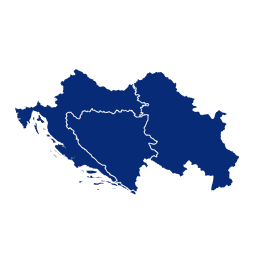EU Increases Use of Technology to Monitor Migration
2/18/2022
The EU is applying new high-tech measures to hinder people from crossing into the EU, including technology tracking, biometric data gathering, and drone surveillance. This could lead to a decline in people migrating through these territories, choosing more dangerous routes, or taking greater risks on the existing Balkan route.
